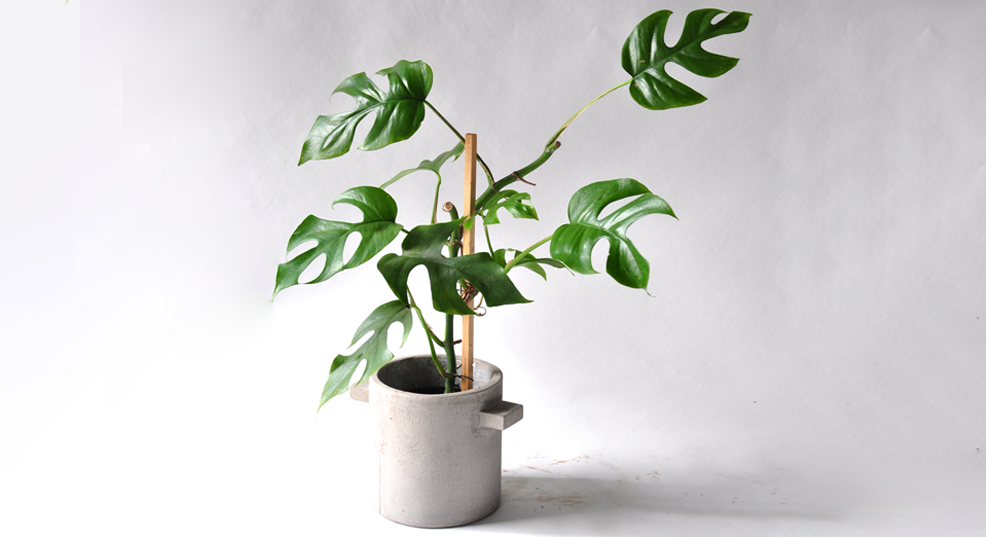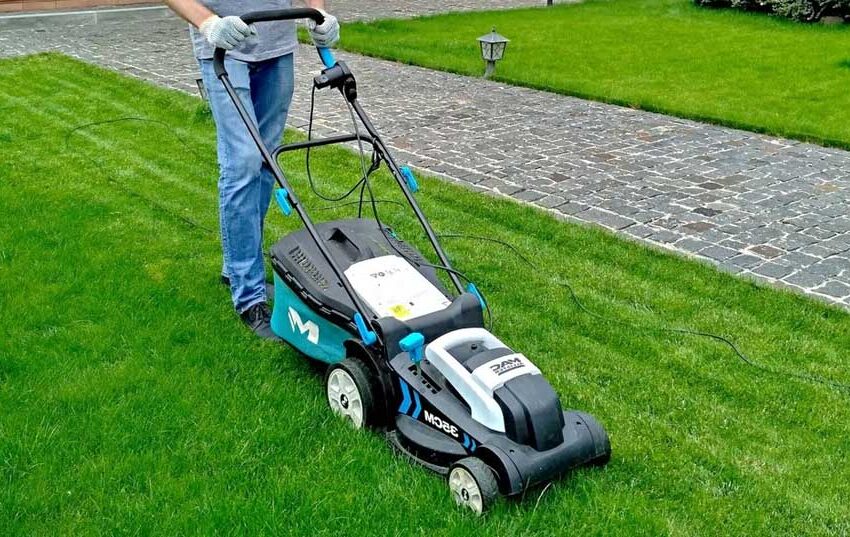Rhaphidophora Tetrasperma Care
Your home could never be a better place without a taste of nature and fresh air. That’s why house plants like Rhaphidophora tetrasperma plant could be the best thing to add in your space.
Since this is not a common plant, you might wonder if it’s possible to plant it. The following planting guide will help you in rhaphidophora tetrasperma propagation and enjoy its beauty.
Rhaphidophora Tetrasperma Overview
Rhaiphidofora is a rare plant that you can hardly come across. It’s among the best trees to plant near house that most people don’t know. This is a native climbing plant in Malaysia and Thailand.
Thus, it shoots out its aerial roots that can attach themselves to trees, walls, and any other place they can get. Most people who love houseplants want to plant Rhaphidophora.
Even though it’s a rare plant, it’s easy to grow it in your home garden. Below are the main features of this houseplant.
- This is a climbing plant but can still survive without the support
- A mature Rhaphidophora tetrasperma leaf is about 6 inches in length
- Most of these plants grow up to 4 feet tall
- Highly toxic plant
- During its growth, leaves develop beautiful fenestrations
Rhaphidophora tetrasperma plant resembles other plants like the Philodendrons and the mini monstera. That’s the reason why it has many names. It’s referred to as mini philodendron, philodendron piccolo, mini Split-leaf Philodendron, and Epipremnum Ginny.
How to Care for Rhaphidophora Tetrasperma
To successfully grow this plant, you need some tips on Rhaphidophora tetrasperma care. Below are some growth requirements of this vegetation.
Water
The Rhaphidophora plant can thrive in moist conditions. However, the soil shouldn’t be damp. It would help if you water the plant immediately you notice that the top two inches of the soil are dry. During the summer or spring, you should also water the plant frequently when it’s growing faster.
When watering the plant, avoid overwatering it since it’s a sensitive houseplant. You might want to wait for two days before watering it again.
Too much water on this plant causes the roots to decompose quickly and kill the plant. Roots should be moist but not logged with water.
Sunlight
Rhaphidophora doesn’t need direct sunlight. Partial sunlight would be great. Avoid too much sun, particularly the afternoon sun that might directly come to the plant. Consider keeping this herb near the Southern or Western exposure windows.
The most important thing is to keep this plant under partial sun. Lack of enough sunlight can also cause this plant to be unhealthy. You should note other signs of unhealthy plants to determine what could be the cause.
Temperature
Rhaphidophora tetrasperma grows well under moderate room temperature. This should be about 68 Degrees F to 80 Degrees F. You need to avoid extreme temperatures when taking care of this plant. Remember, air conditioning units can cause fluctuation of temperature near this plant.
As a result, this can stress the house greenery. It would be great if you avoid putting the pot near hot radiators or cold drafts.
Soil

All types of aroids inclusive of Rhaphidophora require a well-aerated soil that can drain well. If your soil suddenly becomes poorly aerated, it is because the herb is becoming root-bound. This causes water to stop flowing through the soil. The potting mix might also be having excess clay, which isn’t draining properly. You can improve the soil drainage by refreshing the potting soil then repot the plant.
Humidity
All houseplants need high levels of humidity. Rhaphidophora requires a humidity level starting from 30 to 40%. The household humidity is quite low for this plant. You can ensure that your herb has enough humidity through using a misting spray.
Put distilled water in a bottle then mist your plants every three days. You can as well add a room humidifier in your plant space.
Fertilizer
Fertilizer is crucial in any plant due to its numerous benefits and uses. This mini monster needs regular feeding to grow well indoors. You need to apply slow-release fertilizer after every four months or a liquid houseplant fertilizer once every month.
Avoid over-feeding the plant as excessive fertilizer might cause the burning of roots. Try to avoid using fertilizer during the winter. This is because the plant gets less light.
Pot
It would help if you chose ceramic and plastic containers. This is because they can hold more moisture compared to terracotta pots which lead to better phodophora tetrasperma care.
Repotting
It would help if you repotted once a year because these plants grow vigorously. The right time to repot is when roots begin to poke out of the drainage holes. You can also report when the plants start growing slowly or begin to experience stunted growth.
Pruning
The best time for rhaphidophora tetrasperma cutting is during the spring so that you can maintain its size. It would be best if you used sterile pruning shears when pruning. Try to cut the stem of the leaves where they link with the main stem.
Final Word
There’s no doubt that Rhaphidophora is an amazing houseplant that everyone should have. While it is a plant that you can hardly find growing anywhere, it’s possible to grow it. You can use the above recommendations of Rhafidophora tetrasperma propagation and enjoy the beauty of this plant.
How else do you care for rhaphidophora tetrasperma? Share your insights below.

